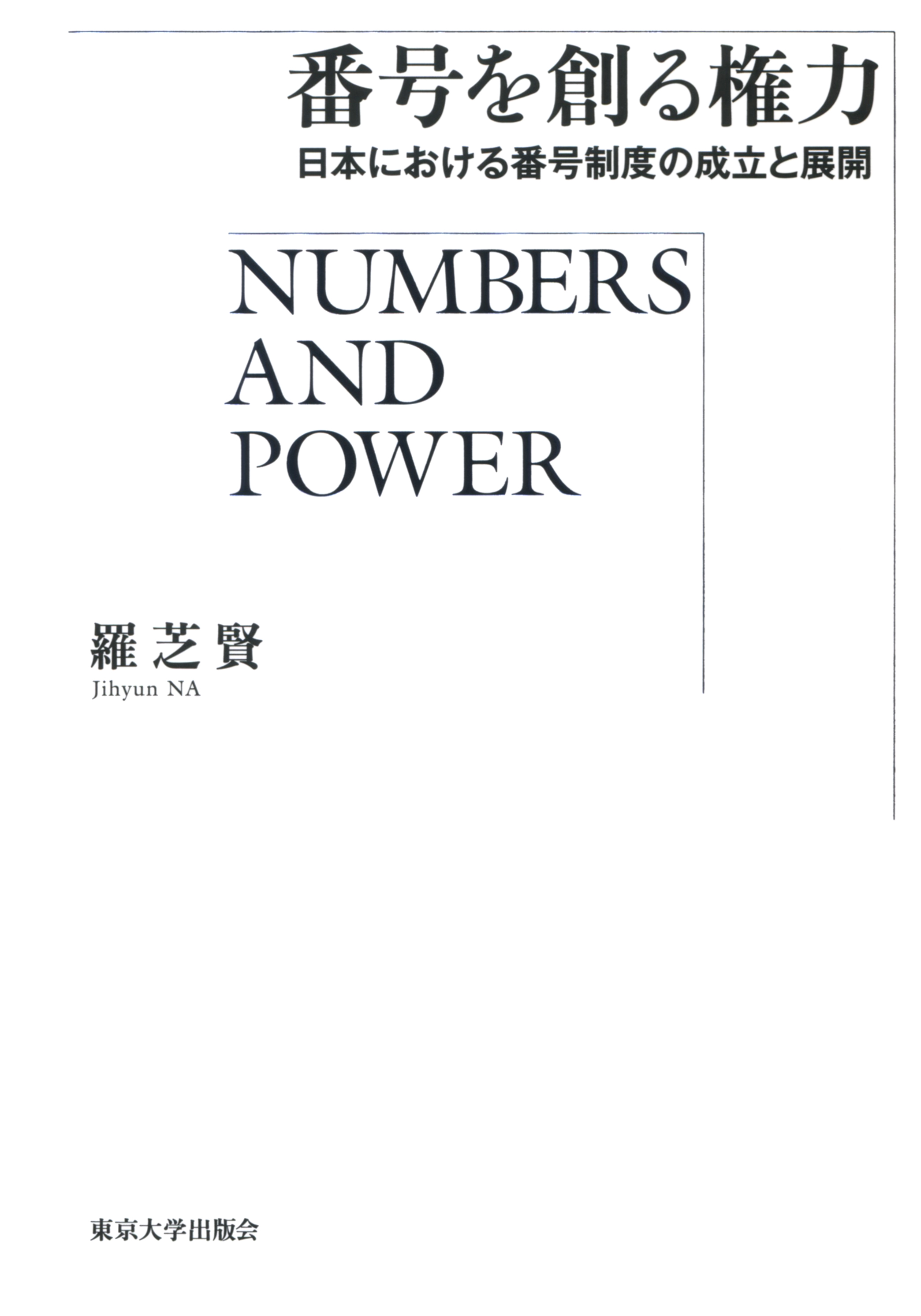
Title
Bango wo Tsukuru Kenryoku (Numbers and Power – The Political Origins of Japan’s Personal Identification System)
Size
240 pages, A5 format
Language
Japanese
Released
March 14, 2019
ISBN
978-4-13-036271-9
Published by
University of Tokyo Press
Book Info
See Book Availability at Library
Japanese Page
I was invited to a recent seminar that included a circular reading, each student around the table reading one chapter of this book in succession. One of the arguments raised was of deep interest. This was that, once a nation-state has created something, it tends to perpetuate, no matter how wasteful or even harmful it may become. A representative example of this is the use of atomic weapons in the Second World War and the proliferation of nuclear weapons thereafter. While not accompanied by as urgent a sense of crisis as that example, Japanese government responses after the introduction of the “My Number” system do involve certain similar characteristics. Truly, we must be wary of unintended consequences of such orientations as shown in the My Number system (personal identification system issued by the Japanese government).
Essentially, all public servants were forced to obtain a My Number card. Observing recent government policies such as this, some might be perplexed by such an excessive obsession for policy implementation. How did this situation arise? To answer this, one must turn one’s attention to other countries with identification systems different from Japan’s in order to reflect on the history under which such differences arose. This book was the realization of the pursuit of such work.
There were many discoveries during the process of comparative historical analysis. One example of great interest is the 1981 document of the then Ministry of International Trade and Industry, depicting Japan a decade in the future. According to the scenario, in the Japan of 1990, all Japanese people would have a national ID card called a Passport Card, whose use would have penetrated society; it would be used for everything from personal identification to monetary payments. Government offices would offer around-the-clock services via “office automation.” The image of the information society as abbreviated in the term “Computopia” did, in certain ways, depict the way the world was headed. Yet not many of these predictions came about as expected. Limiting ourselves to just the national identification system, it is hard to find a country in which, in tandem with developments in information technologies, such a number system was implemented. Instead, the countries that introduced a uniform national identification system did so with no connection to the status of information/computer technologies.
Considering this, how have said systems changed? In Japan, the personal identification system varies according to sector. How does this differ from cases in which a country has a unified identification system? What are the relationships between government services, information technologies, and a country’s number system? The cases of Sweden and South Korea, which introduced national identification systems, are instructive: no major expansion of governmental (public) services was experienced in the system introductory stage. Sweden began the construction of its universalist welfare state right after World War II ended, and the national identification system was introduced during this process. South Korea, an outpost country in the Cold War, achieved a strict personal identification system under an anticommunist ideology. An expansion of governmental services occurred sometime thereafter. The explanation here leaves many questions unanswered. Those whose curiosity has been piqued are encouraged to take up this book, and, as you travel into the past through its pages, to join me in exploring the discoveries I recorded therein.
(Written by: Jihyun Na / March 26, 2020)




 eBook
eBook